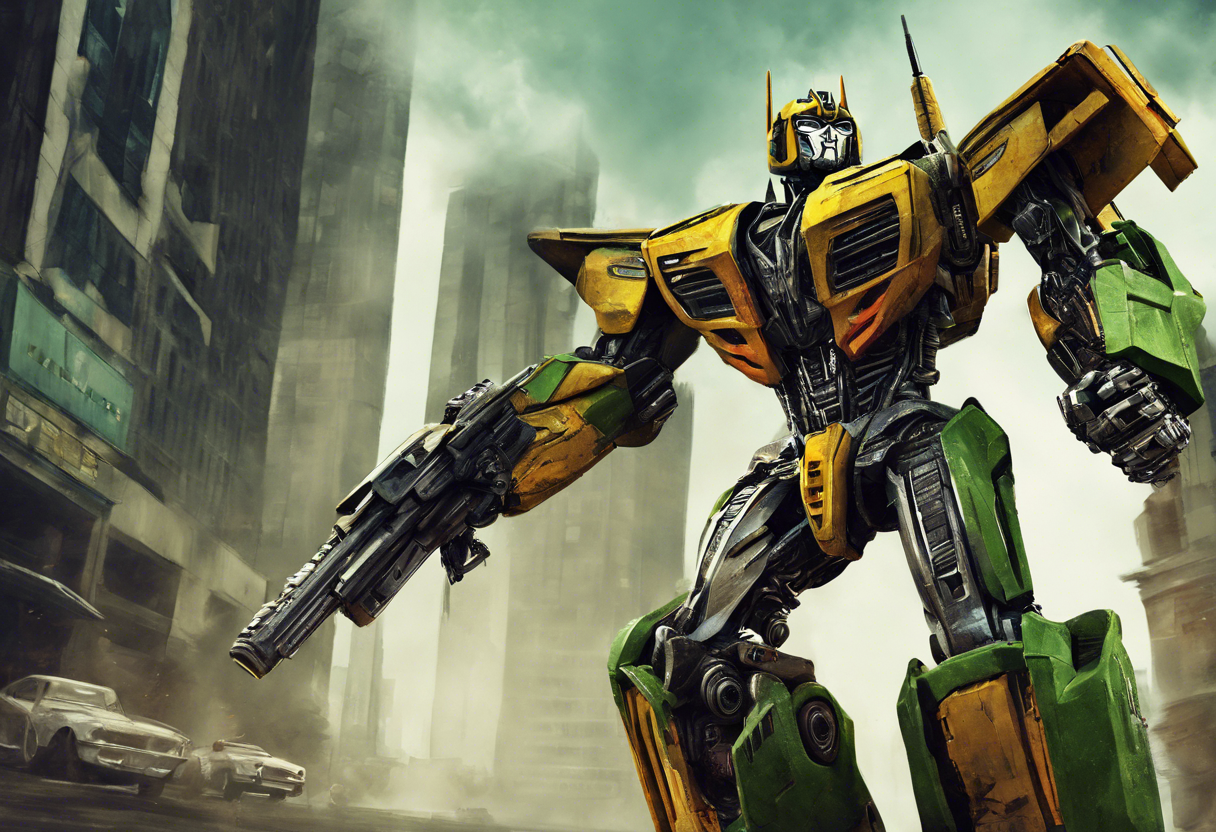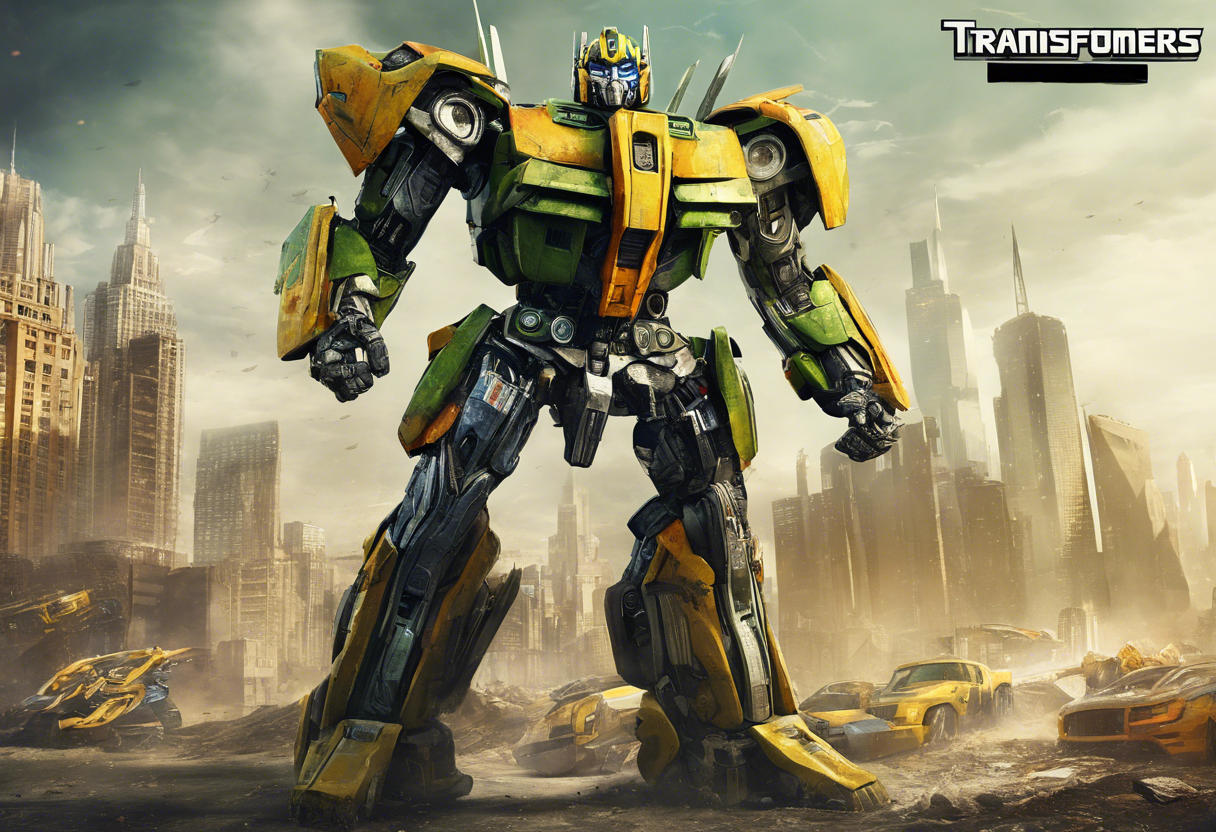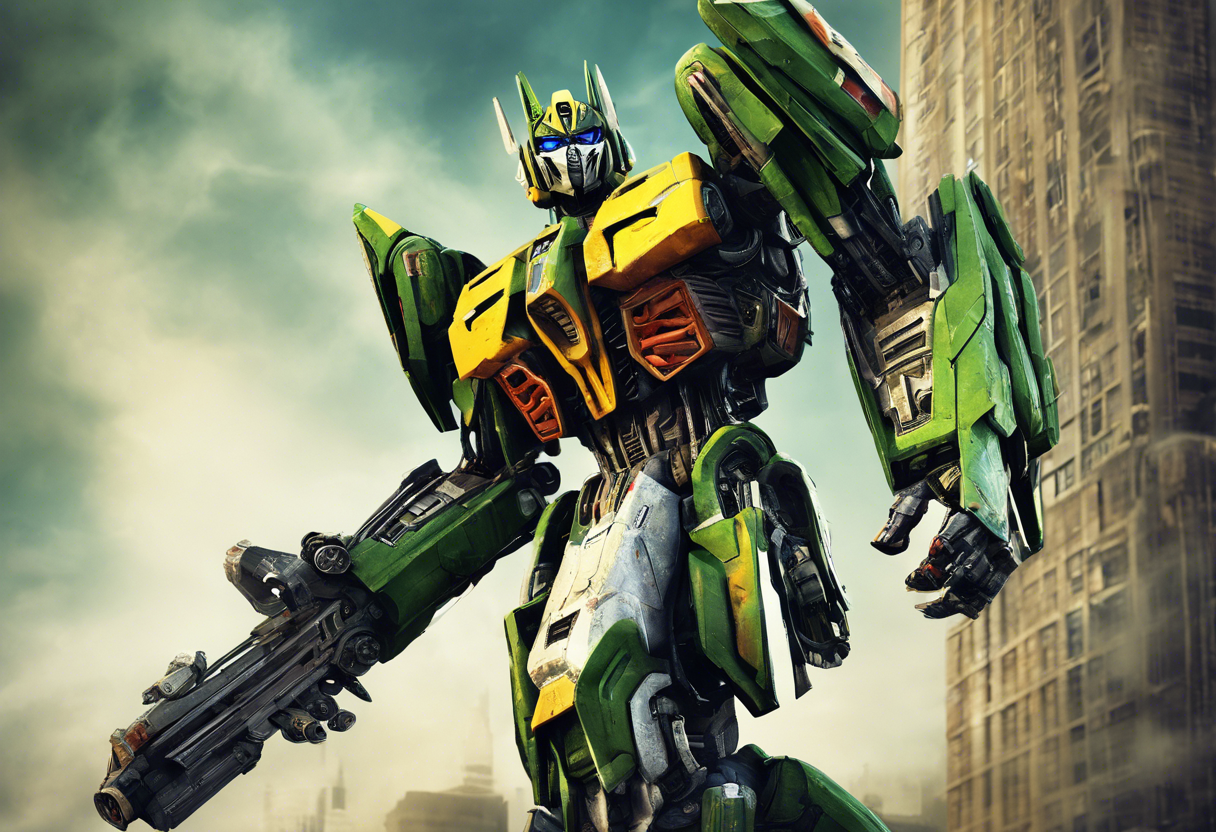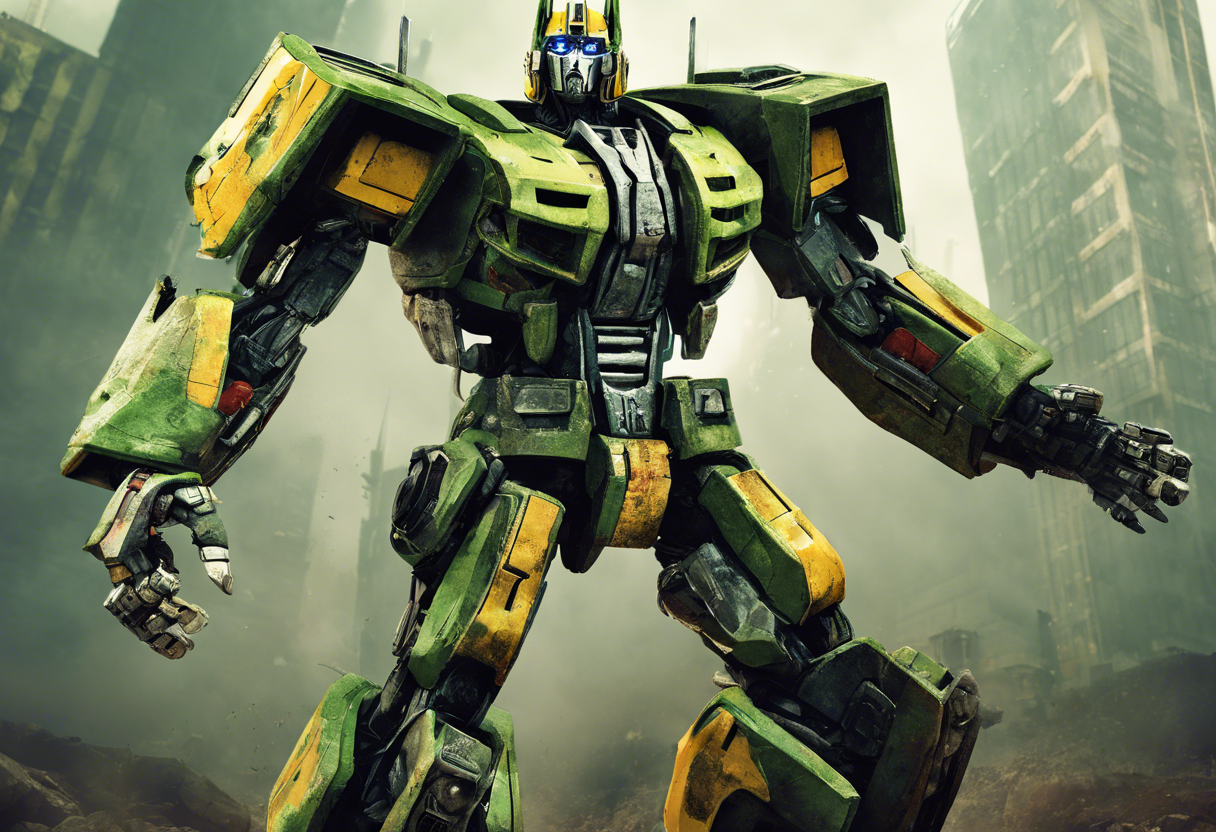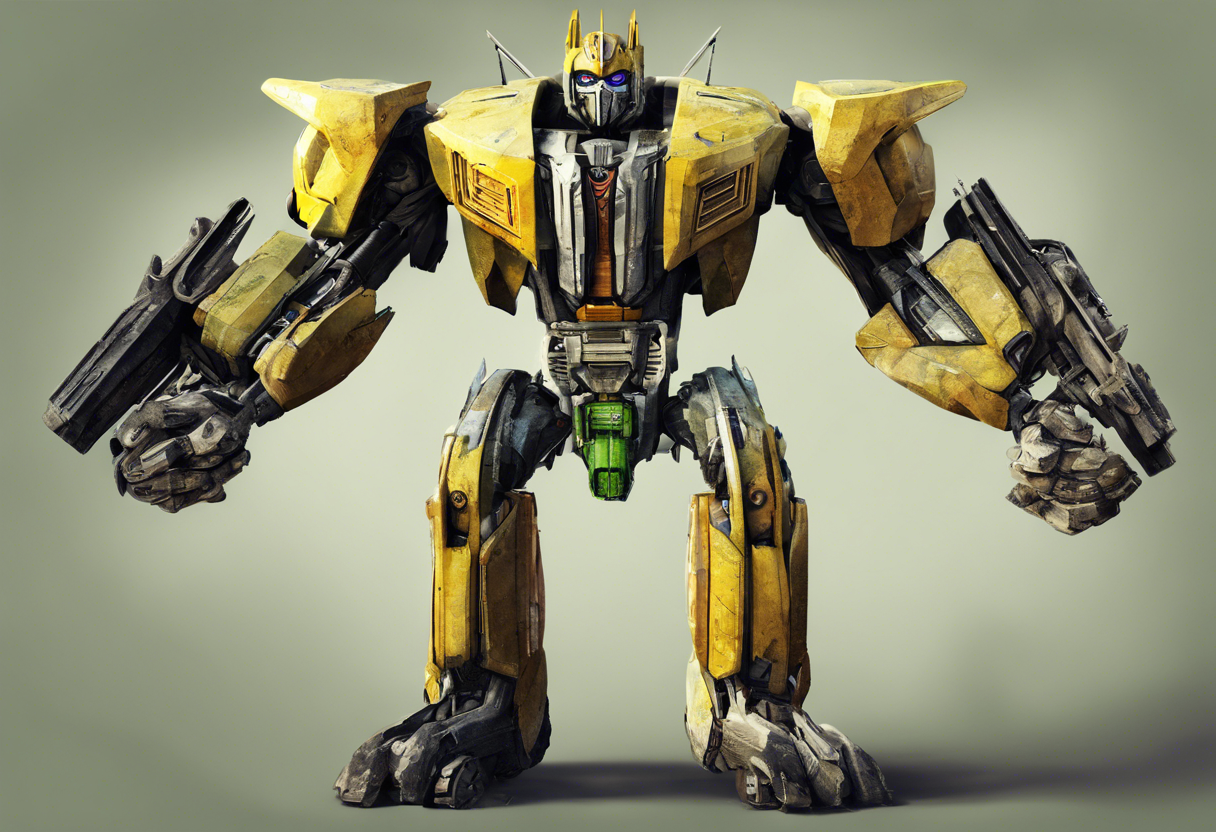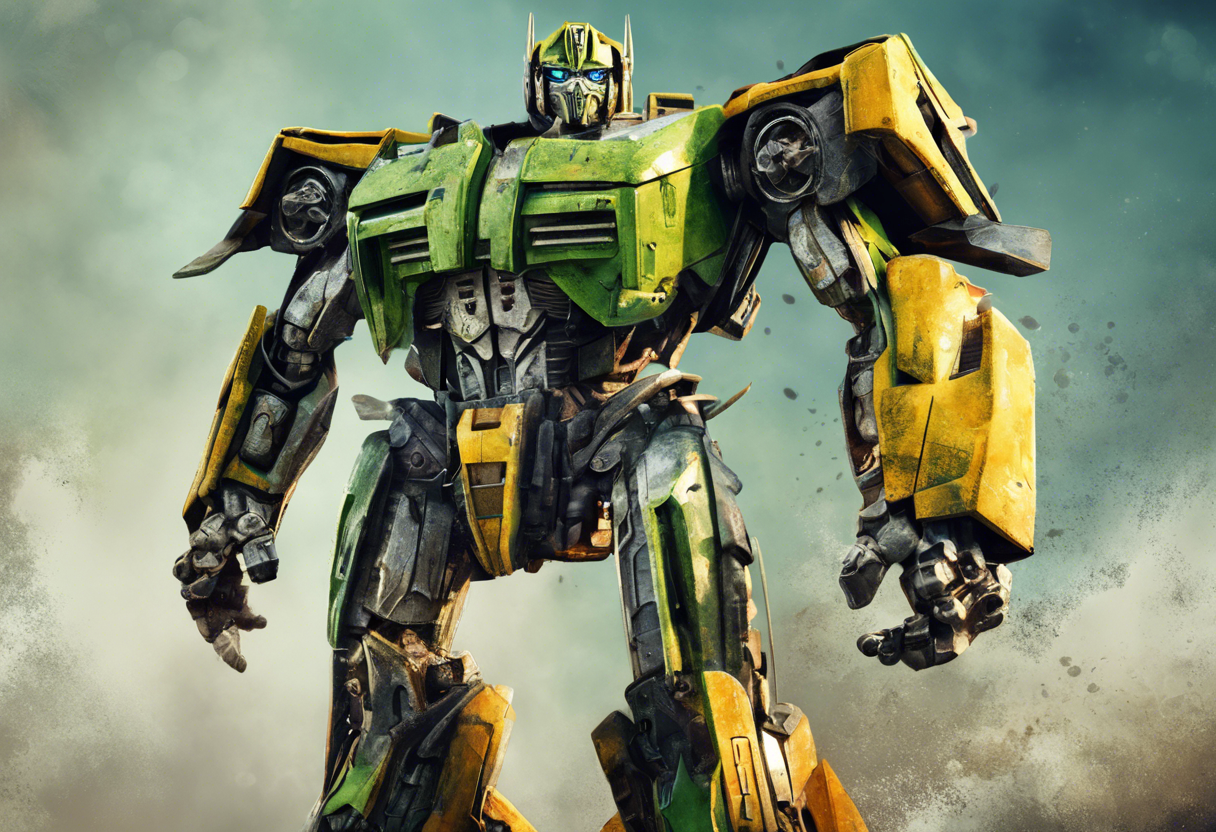Contents
Springer: The Autobot Triple-Changer
Introduction
Springer, a pivotal character in the Transformers franchise, was introduced in the 1986 animated film "The Transformers: The Movie." Created as a Triple-Changer, Springer can transform into two distinct alternate modes: a futuristic car and a helicopter. This unique ability sets him apart from other Transformers and underscores his versatility and adaptability.
Springer’s character was designed by Floro Dery, the character designer for the movie, which was an unusual approach since most Transformers toys were designed first and then adapted into animation. However, Dery’s design underwent revisions after the figure went into production, resulting in some differences between the toy and the animated version[1].
Springer is characterized as a courageous and optimistic Autobot with a powerful build, charm, and a dry, cool wit reminiscent of action movie heroes like Indiana Jones. His name is derived from his remarkable ability to leap and spring into action[1].
Role in the Story
Springer’s storyline is deeply intertwined with the narrative of the Autobots and their elite unit, the Wreckers. In the IDW comics, particularly in the "Wreckers" trilogy ("Last Stand of the Wreckers," "Sins of the Wreckers," and "Requiem of the Wreckers"), Springer is revealed to be an artificial lifeform created by the mad scientist Tarantulas. Originally named "Ostaros" after Ostara, the Anglo-Saxon goddess of spring, Springer was recovered by Autobots Prowl and Impactor and raised without knowledge of his origins. He was trained by the old warrior Kup and eventually joined the Wreckers, becoming the leader of the unit after Impactor was forced to be turned in for unlawfully executing Decepticon prisoners[1].
Springer’s journey is marked by significant conflicts and personal struggles. He reunites with a repentant Impactor to battle the deadly Overlord, sustaining injuries that leave him in a coma for several years. Upon awakening, he leads a rescue mission to save Prowl from Tarantulas, uncovering the truth about his origins in the process. This revelation leads to a complex and tragic confrontation with Tarantulas, resulting in the deaths of both Impactor and Tarantulas[1].
In an attempt to change the course of history and avoid the endless cycle of violence, Springer uses Tarantulas’s time machine to travel back to before the Transformers’ war began. This decision reflects his weariness of the constant loss of life and his desire to create a world where the Wreckers would never be needed[1].
Character Analysis
Springer’s personality is a blend of courage, optimism, and a sharp wit. He is a natural leader, often taking charge in critical situations and inspiring his teammates with his bold and decisive actions. His ability to crack jokes and maintain a light-hearted demeanor, even in the face of danger, makes him a beloved and relatable character[4].
One of Springer’s greatest strengths is his adaptability and resilience. Whether facing the challenges of being a Triple-Changer or dealing with the complexities of his artificial origins, Springer demonstrates an ability to adapt and overcome. However, this adaptability is also a source of internal conflict, particularly when he grapples with the guilt of Impactor’s death and the weight of his new command role[2].
Springer’s flaws include his initial struggle with command decisions and his tendency to hesitate in critical moments. For instance, when Carnivac, a Decepticon member of the Mayhem attack squad, is pursued by a Decepticon hit squad, Springer’s delay in helping leads to the death of Carnivac’s fellow turncoat, Catilla. This incident highlights Springer’s growth as a character as he learns to balance his compassion with the harsh realities of war[2].
Themes and Symbolism
Springer embodies several key themes within the Transformers narrative. His character represents the idea of resilience and adaptability in the face of adversity. As an artificial lifeform, Springer’s existence raises questions about identity, purpose, and the nature of life, adding a layer of depth to the story[1].
The theme of leadership is also significant in Springer’s character. His journey from being a team member to becoming the leader of the Wreckers highlights the challenges and responsibilities that come with leadership. Springer’s struggles with command decisions and his eventual growth into a confident leader serve as a symbol of the transformative power of experience and determination[2].
Furthermore, Springer’s use of Tarantulas’s time machine to alter the past symbolizes the human desire to change history and avoid suffering. This act underscores the complexities of time travel and the potential consequences of altering the timeline, adding a layer of complexity to the narrative[1].
Cultural Impact
Springer has had a significant cultural impact since his introduction. He has been well-received by fans for his unique abilities and charismatic personality. In the toy line, Springer’s original figure was released in 1986 and has since been re-released in various forms, including a new Triple-Changer figure in the "Transformers: Generations" toyline in 2014[1].
In adaptations and spin-offs, Springer has appeared in several comic book series, including the IDW "Wreckers" trilogy, where his backstory and character development are extensively explored. His appearances in these comics have further solidified his place in the Transformers lore and expanded his fan base[1].
Springer’s influence on popular culture is evident in his portrayal as a versatile and courageous hero. His character archetype has inspired other action heroes in various media, emphasizing the importance of adaptability, leadership, and resilience[4].
Critical Reception
Critics and audiences have generally praised Springer for his dynamic personality and significant role in the Transformers narrative. His introduction in "The Transformers: The Movie" was seen as a fresh addition to the franchise, bringing a new level of excitement and humor to the story[4].
However, some critics have noted that Springer’s character development, particularly in the IDW comics, can be complex and sometimes tragic. His struggles with his artificial origins and the weight of his responsibilities as a leader have been both praised for their depth and criticized for their darkness[2].
Overall, Springer’s reception has been positive, with fans appreciating his unique blend of humor, courage, and leadership. His enduring popularity is a testament to the well-crafted character that has become an integral part of the Transformers franchise.
Legacy
Springer’s legacy in the Transformers franchise is profound. He remains one of the most beloved and respected Autobots, known for his bravery, wit, and leadership. His character has inspired numerous adaptations and interpretations, solidifying his place in the lore of the franchise.
Springer’s impact extends beyond the Transformers universe, influencing the portrayal of action heroes in other media. His adaptability, resilience, and leadership qualities make him a compelling and relatable character, ensuring his enduring appeal in contemporary discussions.
In conclusion, Springer is more than just a character in the Transformers franchise; he is a symbol of courage, adaptability, and the transformative power of experience. His legacy continues to inspire new generations of fans and remains a vital part of the rich and diverse world of the Transformers.

